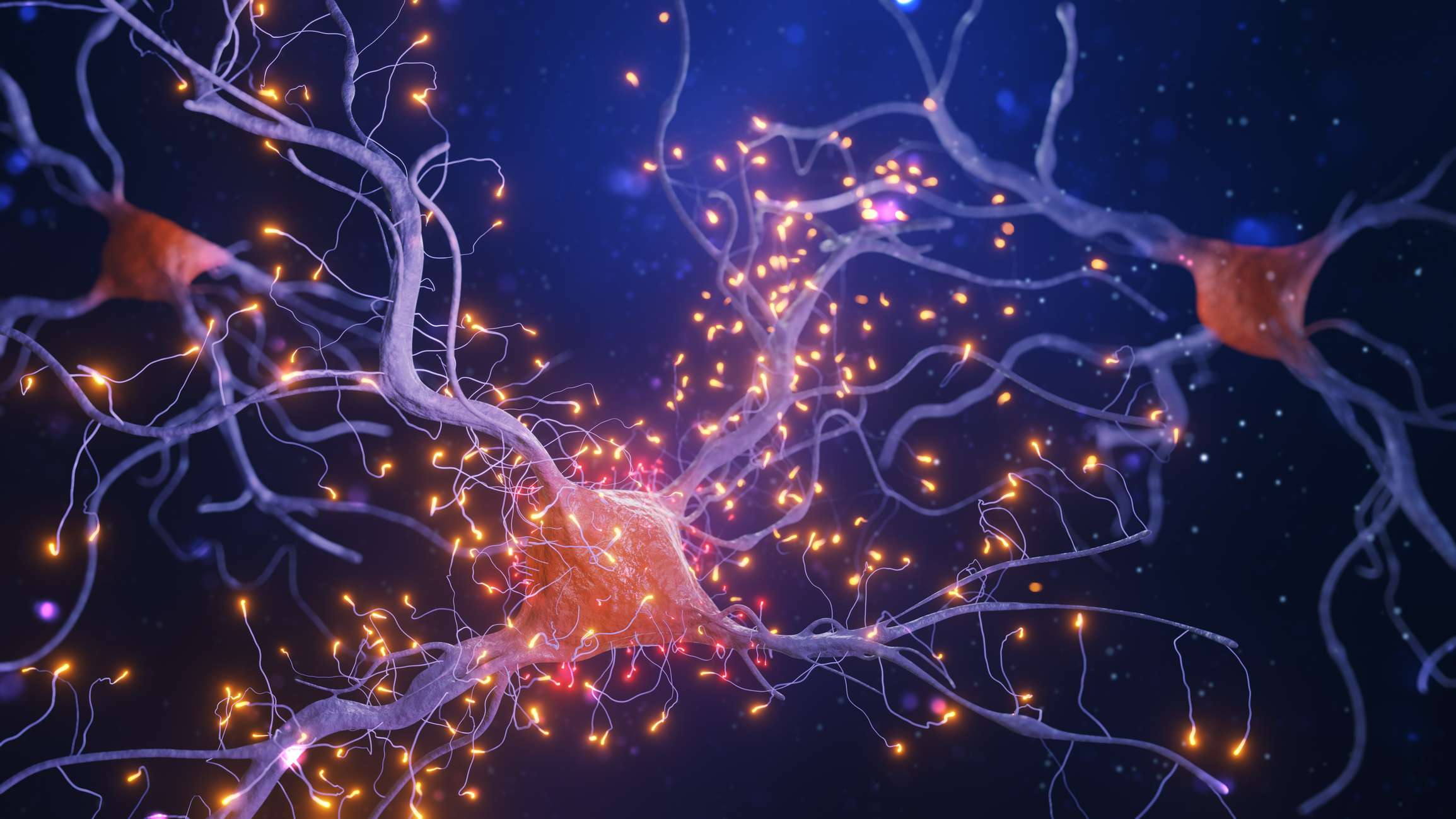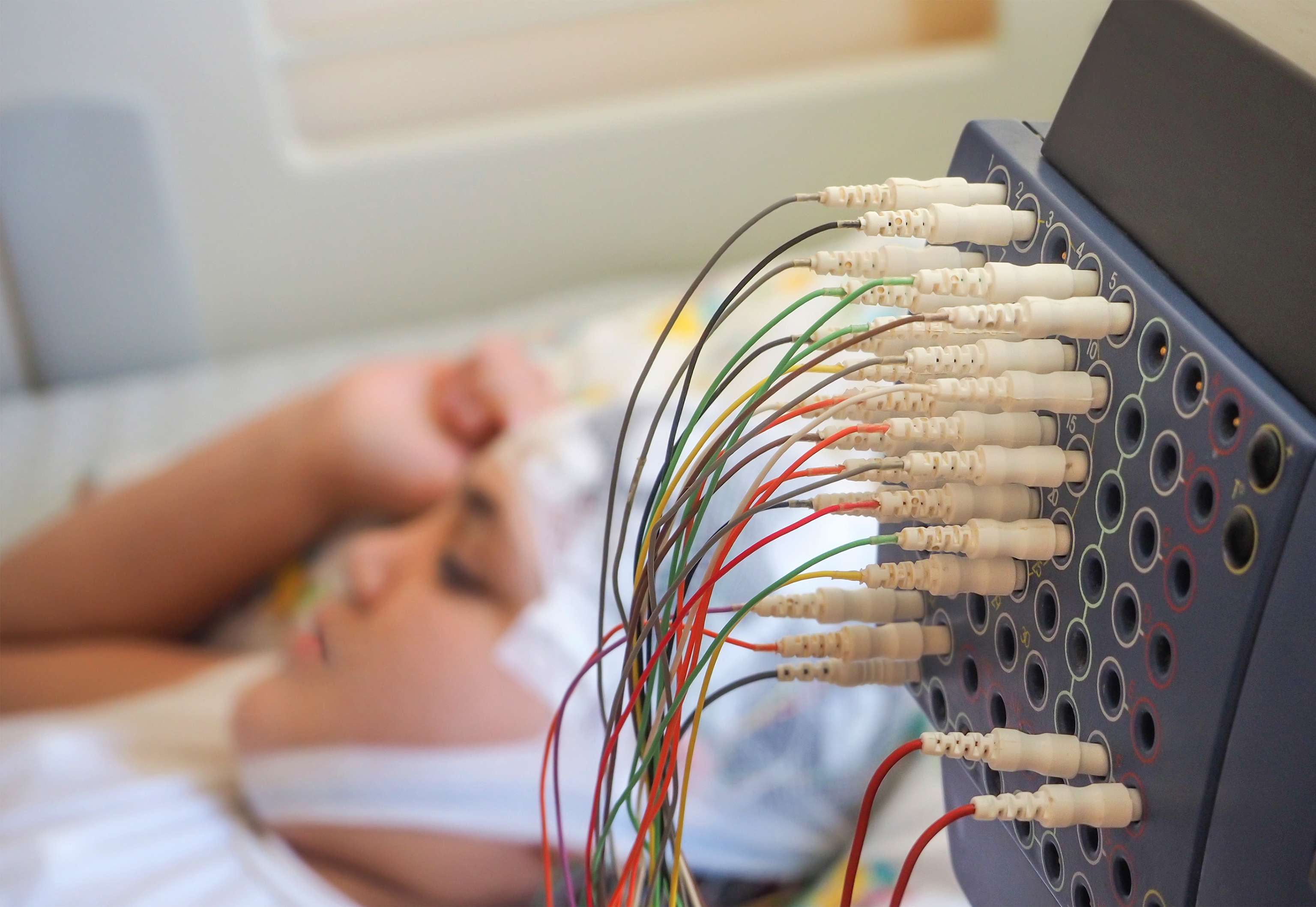Basics
The word epilepsy is derived from Greek and means something like "seize", "attack" or "assault". The word origin is explained by the fact that epilepsy and epileptic seizures used to be understood as being caused "from outside" (gods, demons). Epilepsy can also be translated as "falling sickness" and is often referred to in colloquial language as a cerebral seizure disorder. The condition involves a malfunction of the brain in which sudden synchronized impulses are fired and discharged. This process is triggered by nerve cells. Sometimes only a few muscles twitch during an epileptic seizure, but the entire body can also convulse. In addition, affected persons may lose consciousness in the course of a seizure.
Doctors speak of epilepsy when:
At least two unprovoked seizures have occurred within 24 hours.
If, after an unprovoked seizure, the risk of having another seizure within the next 10 years is more than 60%.
A diagnosis of epilepsy syndrome has been made (e.g., Lennox-Gastaut syndrome).
The 1-year prevalence for epilepsy in Central Europe is approximately 7.1 per 1000 population. Men and women are affected by the disease and epileptic seizures at about the same rate. The probability of developing epilepsy increases particularly in the first years of life, and then only again from the age of 65. In general, however, people of any age can develop epilepsy. If a person suffers a single seizure, this does not necessarily mean that he or she will suffer from seizures for the rest of his or her life.
If an epileptic seizure lasts longer than five minutes, it is also referred to as "status epilepticus". Status epilepticus" is a medical emergency and should be treated immediately by a doctor or with medication. Even if several seizures occur within a short time of each other, this is an emergency.





